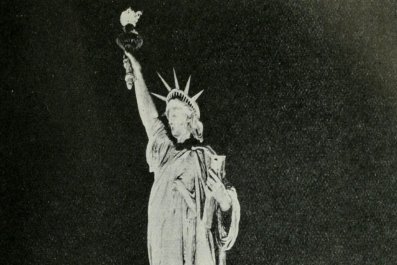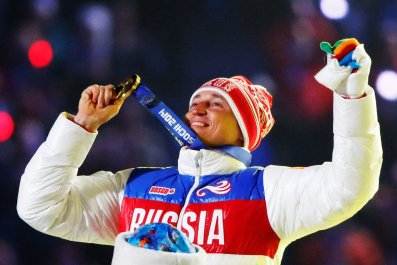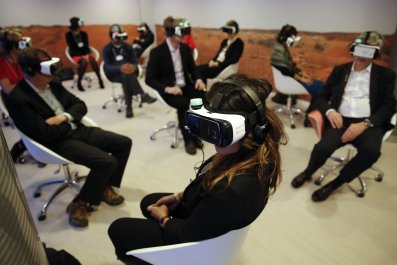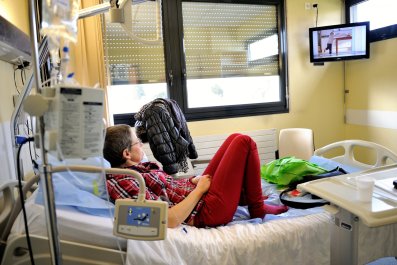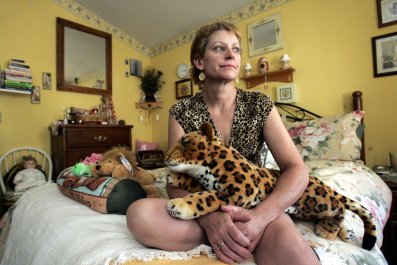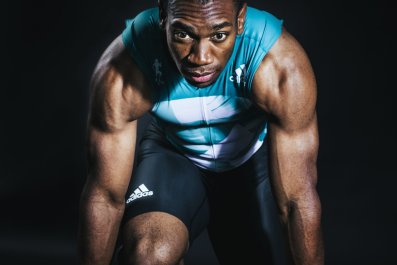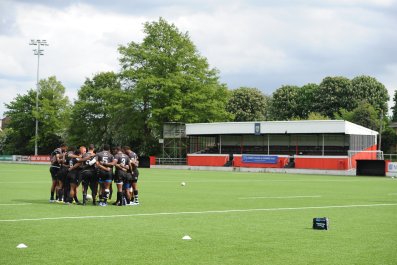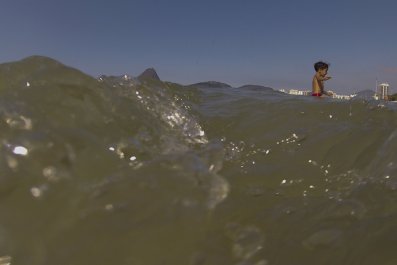John Orozco broke down in tears when he earned a spot on the U.S. Olympic gymnastics team in late June. He'd been hit with his mother's sudden death and come back from a torn Achilles tendon in the 18 months leading up to the trials. Just a few weeks after that emotional moment, however, he tore the anterior cruciate ligament (ACL) and meniscus in his left knee on a horizontal bar dismount at an Olympic team training camp. He won't be going to Rio de Janeiro after all.
Orozco isn't the only Olympian with a torn ACL, the ligament that connects the femur to the tibia and provides the overwhelming majority of the knee's stability. An ACL injury kept champion skier Lindsey Vonn out of the 2014 Winter Olympics in Sochi, Russia. There are an estimated 200,000 ACL tears in the U.S. every year, with the majority of cases affecting those who play sports, especially basketball, football, skiing and soccer. "I don't think you can underestimate the impact of an ACL injury," says Dr. Martha Murray, an orthopedic surgeon and researcher at Boston Children's Hospital.
Murray has spent years studying the ACL, trying to understand why it doesn't heal on its own and working on a new way to treat tears. Currently, the standard is reconstruction: Surgeons remove a patient's torn ACL and use a tissue graft from the patellar or hamstring tendons or from a cadaver to replace the ligament. But Murray wondered whether there could be a way to help the ACL heal itself.
Years of test tube research and preclinical studies in pigs have led to the first human trials of what she calls the Bridge-Enhanced ACL Repair (BEAR) technique. Surgeons use a suture to connect the thigh and shin bones and move them into the proper position. Next, they stitch in a special sponge developed by Murray and her colleagues made of collagen and other proteins found in ligaments. Another stitch is used to pull up the bottom stump of the ACL into the sponge, which is injected with a small amount of the patient's own blood. The sponge promotes the body's natural healing processes and then resorbs into the body within six to eight weeks.
The BEAR technique could potentially offer advantages over reconstruction. With BEAR, only one spot in the body needs to heal, which could allow for a quicker return of strength around the knee. In addition, patients who have torn their ACL, regardless of whether they've had a reconstruction, have a 50 to 75 percent chance of developing arthritis 15 years later, Murray says. With BEAR, she says, the pigs were less likely to become arthritic.
Ten humans had their knees repaired with the BEAR technique in a small study. Murray's team is now recruiting 100 patients for a second, randomized trial. She says it will take at least five years before the procedure could become widely available. "To see something that looked so promising," she says of the healing tissue on the three-month MRI of the first patient to ever undergo BEAR, "it was a huge relief."




